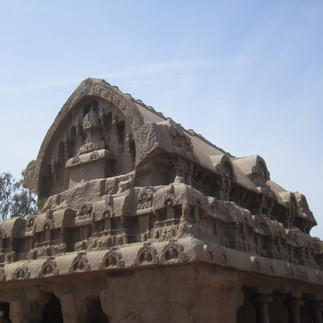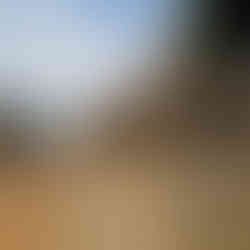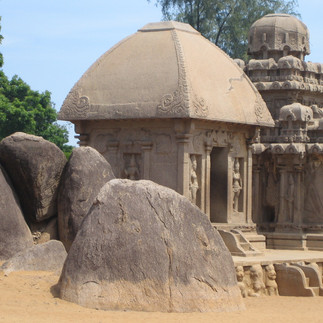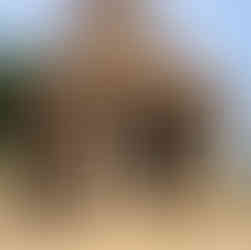Temples of Tamil Nadu and Pondicherry #39: Pancha Rathas, Mahabalipuram
- Sudharshan
- Apr 14, 2024
- 2 min read
Updated: Dec 8, 2024
ஐந்து இரதங்கள், மகாபலிபுரம்
Part of the UNESCO World Heritage Site at Mahabalipuram, this ASI protected monument is a group of rock-cut structures hewn out of a single stone in each case. They are thus called monolithic structures. There are five such main structures and they are called rathas because they are shaped like chariots. They were part of an ambitious project by the Pallava king Narasimhan I or Mamallan who ruled from 630 to 680 CE. It is possible that preliminary work was started during the reign of his father Mahendravarman. The project was not completed due to the death of Narasimhavarman I in 680 CE. It is doubtful whether these structures ever served as places of worship and were never consecrated. So, some would dispute them being seen as temples. I have dedicated a post to this complex in these series because it is a milestone of sorts in the progression of temple building in the Tamil country. Many of the elements seen here were incorporated into later Pallava and Chola temples built in the ensuing centuries. We only have a vague idea how pre-Pallava temples looked like. They have not survived as they were constructed of perishable materials such as wood or brick which was not very durable. Moreover they have been rebuilt as granite temples during the imperial Chola era. Some believe that the Pancha Rathas were built based on concepts present in those long lost temples.
Similar rock -cut temples were attempted elsewhere. There is an 8th century, incomplete rock cut temple at Kalugumalai attempted by the Pandian kings. It is also incomplete. The most impressive temple of this type was the later, Kailasanatha temple built by the Rashtrakuta kings at Ellora in present day Maharashtra.
The Pancha Rathas are located in Mahabalipuram, 60 km or an hour south of Chennai by car in good traffic.
We visited in July 2010. We were were based in Chennai

Credits: Google Maps



























Comments